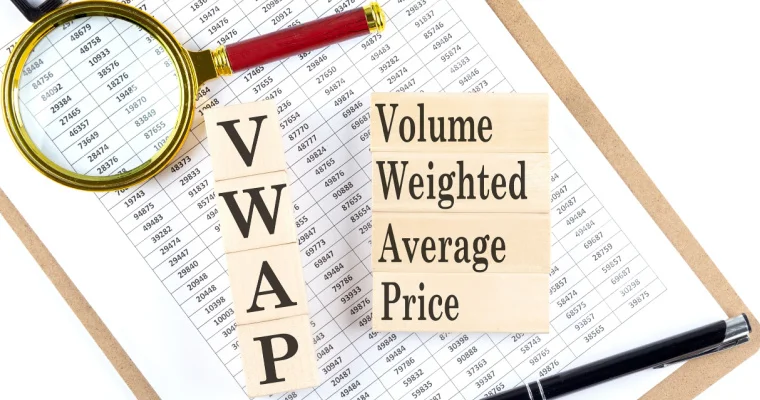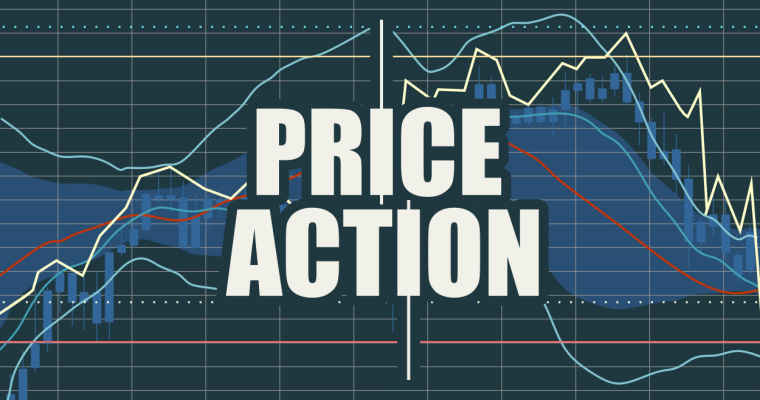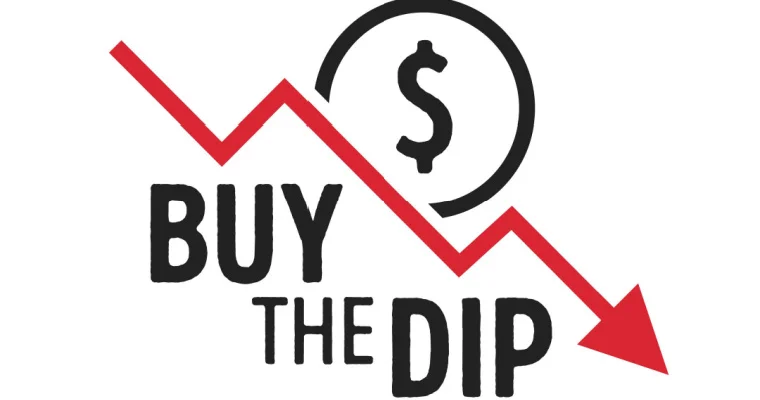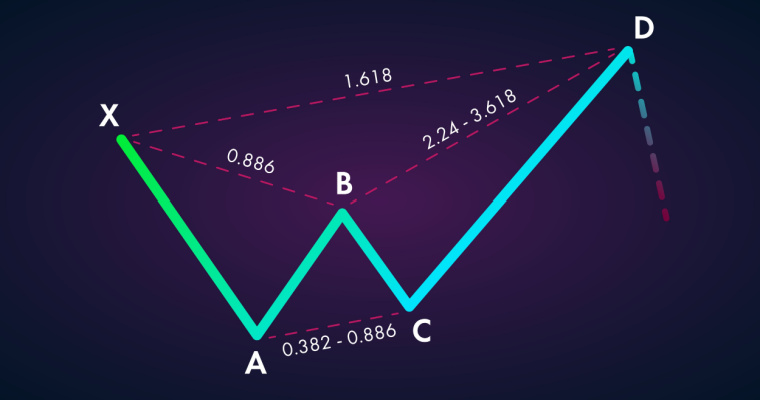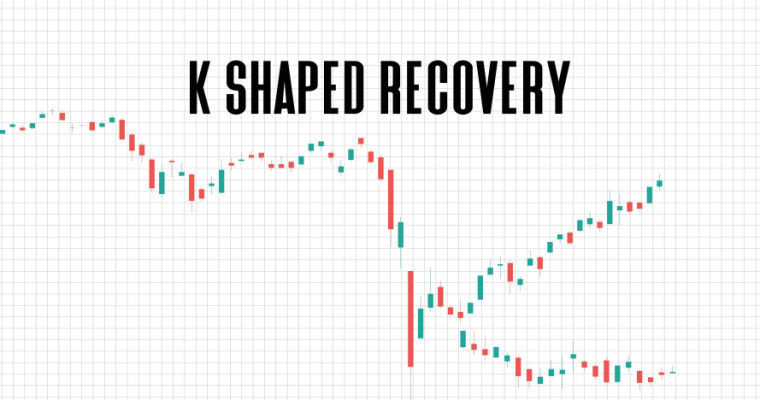Face Value Meaning, Importance and its Effect on Stock Market

In the Indian stock market, face value or par value, refers to the original value of a share or stock of a company as listed on the certificate during its issuance at the time of IPO (Initial Public Offering). The face value of a share is fixed when a company or firm decides to initiate share or bond issuance.
In case you are new to trading, this article could help you understand how shares are sold at face value and what effect it has on the stock market. Keep scrolling!
What is the Face Value of a Share?
Face value is a financial term that refers to the value of the stock as stated by the stock/share issuing company in their share certificates. A publicly listed company’s face value is fixed once it decides to issue its shares during IPO (Initial Public Offering). Since face value refers to the share’s value as per the share certificates, it is also known as par value.
In bond investing, face value, or the par value, is the amount a bondholder will get back upon bond maturity, as long as the bond issuer doesn’t go bankrupt. However, interest rate fluctuation can cause the bond prices being sold in the secondary market to change. For instance, if the bond’s coupon rate is lower than the interest rate, the bond is sold at a discount (below par).
In contrast, if the interest rate is lower than the bond’s coupon rate, the bond is sold for a premium (above par). The face value of a bond guarantees a return, but the face value of a stock may not be an excellent way to figure out what it’s worth. This is because many other factors are at play, such as supply and demand.
Pssst….want to put your money to work in a less-riskier investment vehicle than trading? Download the Navi app and explore a wide range of low-cost mutual funds. Select funds of your choice, relax and let your money do all the work. Risk? You can start with as low as Rs.10!
Disclaimer: Mutual Fund investments are subject to market risks, read all scheme related documents carefully.
Importance of Face Value in the Stock Market
Face value is one of the most important factors to consider when it comes to investing in shares or bonds. From a company’s point of view, assigning face value is important because it helps the company figure out the accounting value of its shares.
The total face value of a company’s stock shares shows how much legal capital the company must keep. In the form of dividends, investors can only get their hands on the extra capital. In essence, the funds covering the face value act as a default reserve.
Face value in the stock market is essential because of the following:
- Face value can be used to figure out the premium
- It is vital to calculate interest rates
- It can help you estimate how much the stocks are worth on the market right now.
- Using the face value of the shares, companies can figure out how much money they make.
We’ll use an example to help you learn more about the face value meaning in the share market. Let’s say a company called ABC Ltd. wants to grow its business and is willing to raise Rs.10 crore. The company can give out 10 lakh bonds worth Rs.100.
This fixed value set by the company itself can be used to measure different financial costs, such as interest payments. If ABC Ltd. is willing to pay 1% interest on its bonds, it will still spend Rs.1,000,000 yearly on regular prices.
But there is no rule about the face value businesses must list when they issue their shares. This allows companies to use meagre numbers to determine how big the reserve should be. For instance, each share of X can have a par value of Rs.1, while each share of Y can have a par value of Rs.0.00001.
Also Read
How Does the Face Value of a Share Affect the Stock Market Decisions?
When a company decides to raise capital from the market, they do so via selling their shares to general investors. This gives the investors the opportunity to earn money via dividends from the company’s profit.
There are two types of stock on the market: common and preferred.
Common stocks allow investors to have a claim on the company’s assets and profits. If the company grows, the worth of your shares grows in proportion. However, in case the company underperforms, there are chances of the value of your shares going down.
In case of preferred stocks, irrespective of the company’s conditions, rest assured you would be getting back your investments and receive dividends once the share matures. Preferred stocks have fixed prices, offer fixed returns and are ideal for investors with a short-term investment horizon.
Difference Between Face Value and Market Value
Face value, also called par value, is the value of a company written down in its books and on its share certificates. When it gives out shares at the time of issuance, the company decides what the face value will be. A share’s face value is fixed until the company makes a decision to split or reverse-split their shares.
On the other hand, the market value per share is how much the stock is currently valued in the market. This is how much the market thinks the stock is worth. For example, if the share price of a stock is Rs.50, then that company’s market value per share is Rs.50. During the trading period, the market value of a company’s share changes all the time.
A company’s face value is usually lower than its market value. For example, when a company goes public, the face value of a share might be Rs.1, and it might be worth Rs.50 on the market. But this is not always the case. For example, a company’s face value may be higher than its market value if it has penny stocks. These are shares of companies that sell for less than Rs.10. So, in this case, the market price might be Rs 0.5, and the face value might be Rs.10.
How Does the Face Value of a Share Matter to an Investor?
The first thing investors do is check the face value of a company’s share. It helps you determine the stock’s current value so that you can make correct investment decisions. For instance, there could eb multiple companies going for IPOs simultaneously.
Understanding the face value of shares could help you get a clearer picture on how the company could perform in the future.
What is Face Value Modification and Why is it Done?
Face value modification means that the face value of a share or other market security has changed. Changes in the face value of shares only affect the number of shares, not their total value. Some business actions, like stock splits, can change the face value of a stock. This stock split will lower the value by dividing the current shares into smaller pieces.
A stock split is when the value of a company’s shares is cut in half. So, in a 1:10 split, companies could cut down shares with a face value of Rs.10 to Rs. In that case, you will have ten times as many shares as you had. But the price of each share would fall by the same amount, so the total value of what you own wouldn’t change. This means there are more shares for investors to buy.
The opposite of a stock split is a share consolidation. The share capital structure of a company changes when the face value of shares goes up in a certain way. So, it lowers the number of shares that are still outstanding in keeping the paid-up capital the same. For instance, if you have 100 shares with a face value of Rs 2, you would only hold 20 after a 5:1 share consolidation. So, the value of each share will go up to Rs 10 per share.
Also Read
Final Word
Understanding the face value of a stock could help you get a clearer picture on the current market value of the same stock. This can assist you in making right investment decisions.
However, before investing, talk to a trade advisor or a stock broker to make informed decisions.
FAQs
Ans. The current market value of a stock is based on its face value. It makes it easier to figure out a premium and is crucial in calculating profits.
Ans. Face value, also called par value, is the fixed price the company sets for each share during an Initial Public Offering (IPO). The face value of a share can be anything from Rs.2 to Rs.1,000.
Ans. The accounting value of a stock is determined using the face value of the share on the balance sheet of a company. So, it’s important to remember that the face value of a share has nothing to do with the current stock price. Face value is essential in the stock market for legal and financial reasons.
Ans. The face value, or the par value or nominal value, is the fixed price the company sets for each share when it has an initial public offering (IPO). There are no ground set rules for determining how much a stock is worth. Companies give it out at random. Generally, the face value is either Rs.1, Rs.2, Rs.5, or Rs.10. The face value stays the same no matter what happens in the market.
Ans. At the moment, MRF has the highest share price of all the companies on BSE/NSE in India. MRF’s highest share price ever was Rs.98,599.
Want to put your savings into action and kick-start your investment journey 💸 But don’t have time to do research? Invest now with Navi Nifty 50 Index Fund, sit back, and earn from the top 50 companies.
Disclaimer: Mutual Fund investments are subject to market risks, read all scheme-related documents carefully.
This article has been prepared on the basis of internal data, publicly available information and other sources believed to be reliable. The information contained in this article is for general purposes only and not a complete disclosure of every material fact. It should not be construed as investment advice to any party. The article does not warrant the completeness or accuracy of the information and disclaims all liabilities, losses and damages arising out of the use of this information. Readers shall be fully liable/responsible for any decision taken on the basis of this article.

Customer’s Feedback
No comments found.Illiquid Stocks Guide: Definition, Examples, and its Working
Illiquid stocks are part of a long-term investment strategy that is appropriate for investors who a... Read More »What is Shooting Star Candlestick Pattern in Trading?
The shooting star candlestick pattern is considered to be a bearish reversal candlestick ... Read More »What is VWAP Indicator and How to Use it for Trading
The VWAP indicator shows the volume-weighted average market price of a particular stock. You can us... Read More »What is Price Action Trading: Its Strategy, Stop Loss and Profit Targets
Price action trading is a methodology in which the trader solely relies on analysing a security’s... Read More »What is Buy the Dip Strategy in Trading – Working and Example
‘Buy the dip’ is one of the most common phrases in the stock market. It is sort of a go-t... Read More »What is the Black Scholes Model – Formula, Calculation and Assumptions
Among the important concepts in modern financial theory, the Black Scholes model, developed in 1973... Read More »What is Iron Condor and What are its Strategies?
Iron Condor is an options trading strategy that involves four options with the same expiration date... Read More »What is Harmonic Pattern and How Does it Help in Trading?
Harmonic patterns are one of the most efficient and effective trading patterns. Although they are m... Read More »What is a Contract Note and Why is it Important?
Contract note is a legal document containing the details of every stockbroker's trade on a stock ex... Read More »What is K-shaped Recovery: Indication, Example and
Economies go through multiple phases in business cycles. One such phase is a recession which is mar... Read More »Guide to Book Building – Its Types, Benefits and Process
Initial public offerings (IPOs) are priced as specified by their underwriters. The process by which... Read More »Support and Resistance in Trading: Working, Strategies, Uses and Example
Support and resistance are two of the most significant and practical concepts in technical analysis... Read More »Top 10 Chit Fund Schemes in India in 2023
Chit funds are one of the most popular return-generating saving schemes in India. It is a financial... Read More »10 Best Gold ETFs in India to Invest in April 2023
Gold ETFs or Gold Exchange Traded Funds are passively managed funds that track the price of physica... Read More »10 Best Demat Accounts in India for Beginners in 2023
Creation of Demat accounts revolutionised the way trades were conducted at the stock exchanges. It... Read More »20 Best Index Funds to Invest in India in April 2023
What is an Index Fund? An index fund is a type of mutual fund or exchange-traded fund (ETF) that... Read More »Best Arbitrage Mutual Funds to Invest in India in April 2023
Arbitrage funds are hybrid mutual fund schemes that aim to make low-risk profits by buying and sell... Read More »10 Best SIP Plans in India to Invest in April 2023
What is SIP? SIP or Systematic Investment Plan is a method of investing a fixed amount in ... Read More »10 Best Corporate Bond Funds in India to Invest in April 2023
Corporate bond funds are debt funds that invest at least 80% of the investment corpus in companies ... Read More »10 Best Bank for Savings Account in India [Highest Interest Rate 2023]
Savings account is a type of financial instrument offered by several banks. It lets you safely depo... Read More »
















